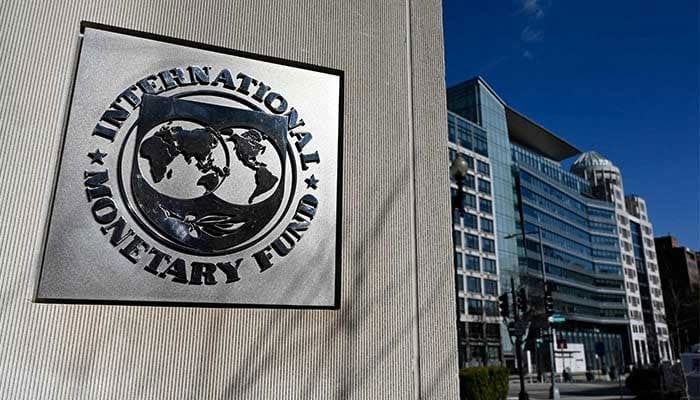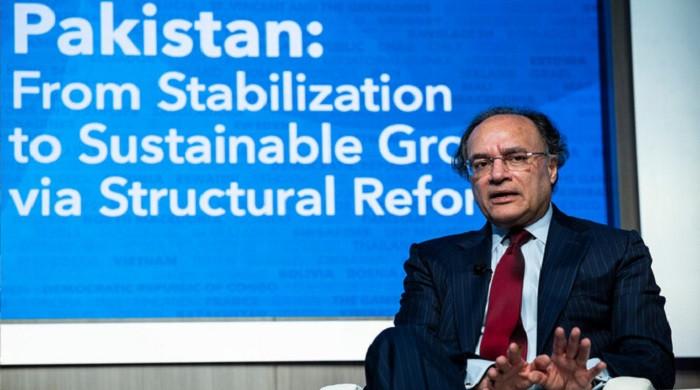IMF estimates Pakistan's tax-to-GDP ratio stands at 2.9%
IMF also explains that Pakistan has lowest tax capacity among other countries in the region
March 05, 2024

- Tax-to-GDP ratio equivalent to Rs3,000 billion.
- Pakistan has lowest tax capacity among comparators.
- FBR's tax compliance gap which stands at 6.9% of GDP.
ISLAMABAD: The International Monetary Fund (IMF) estimated that Pakistan's tax-to-GDP gap stood at 2.9%, equal to Rs3,000 billion annually, which is contrary to the prevailing perception that a massive tax gap existed at federal levels, The News reported Tuesday.
According to sources quoting IMF study and assessment, the tax capacity of Pakistan is estimated at 12.9% of GDP which is currently hovering around 10%. Meanwhile, the gap is estimated at 2.9% of GDP.
The IMF has assessed that the short to medium approach from FY24-26 could yield additional tax revenues of 2% of GDP including through the introduction of omnibus tax administration and procedures which comprises anti-avoidance rules and tax administration, effective enforcement tools.
The income tax management improvement could yield additional revenues of 0.2% of GDP, Personal Income Tax (PIT) rationalisation could fetch 0.5% of GDP and rationalisation of General Sales Tax (GST) could fetch additional revenues of 1.3% of GDP.
On the other hand, the global lender also quoted a Federal Board of Revenue (FBR) tax compliance gap which stood at 6.9% of GDP, equivalent to Rs7,000 billion.
According to the IMF’s assessment, the results in estimated tax efficiency, the difference between actual tax revenues and tax capacity, is standing at 2.9% of GDP.
Pakistan has 'lowest tax capacity'
The Washington-based lender further explained that Pakistan has the lowest tax capacity among comparators in the region and BRICS reflecting the large size of its agriculture sector, relatively lower level of average income on account of per Capita GDP and governance challenges.
“This result possessed implications for Pakistan that raising additional revenues is more challenging for the country than comparators,” the IMF has found in its assessment.
It also emphasises that any further increase in tax collection depends on efforts to strengthen tax capacity through strengthening tax administration, improving the fiscal contract between citizens and government and improving governance between government agencies and levels of government.
Tax-to-GDP ratio of other countries
The IMF has also undertaken the tax capacity of different countries and found that the tax-to-GDP ratio in South Africa stood at 25% and there was a gap of 5% so it could go up to 30% of GDP.
Argentina’s tax-to-GDP ratio was hovering around 23% and it could go up to 26.5% of GDP. Nepal’s tax-to-GDP ratio stood at around 16% but it could go up to 23.4% of GDP.
India’s tax to GDP was hovering around 19% of GDP and it could be increased up to 22.5% of GDP. Ethiopia’s tax to GDP stood at around 9% and it could go up to 19.5% of GDP. China’s tax-to-GDP ratio stood at 15% which could go up to 18.9% of GDP. Bangladesh’s tax-to-GDP ratio hovered around 7% of GDP which could be jacked up to 17.1%.
Indonesia’s tax to GDP stood at 9% which could be increased up to 15.6%. Sri Lanka’s tax to GDP ratio hovered around 7% which could go up to 15.4%.
In the case of Pakistan, the tax-to-GDP ratio is standing at around 10% of GDP which could go up to 12.9% of GDP.











